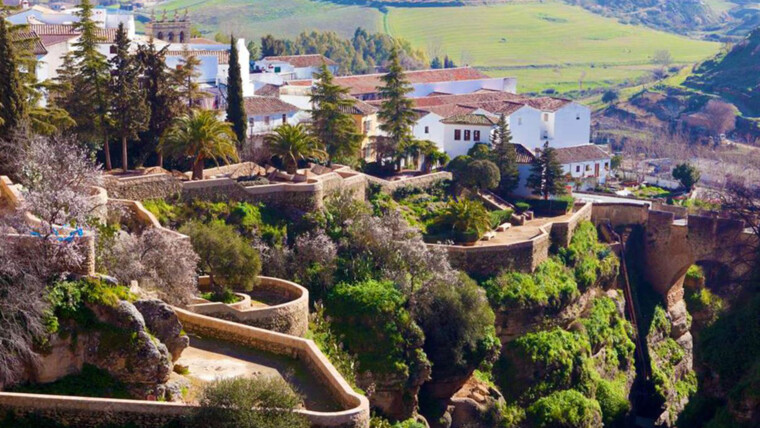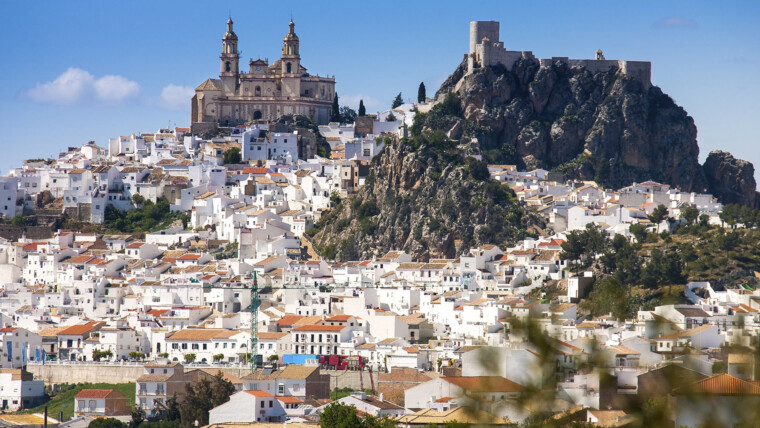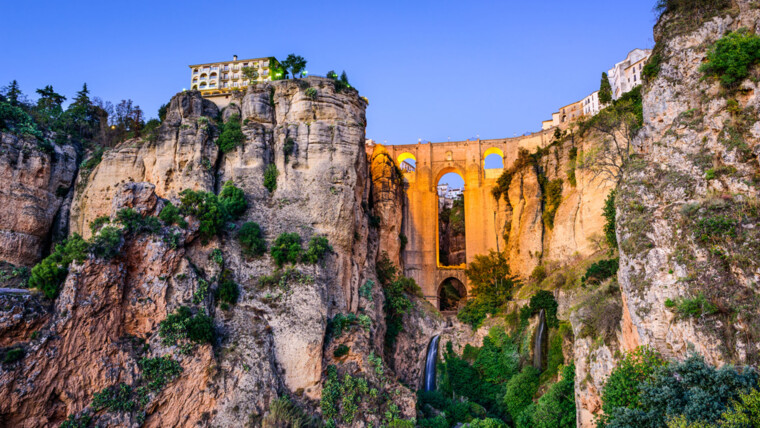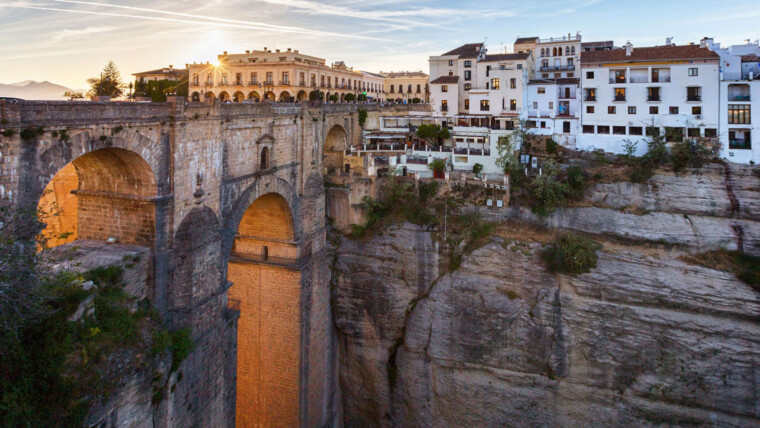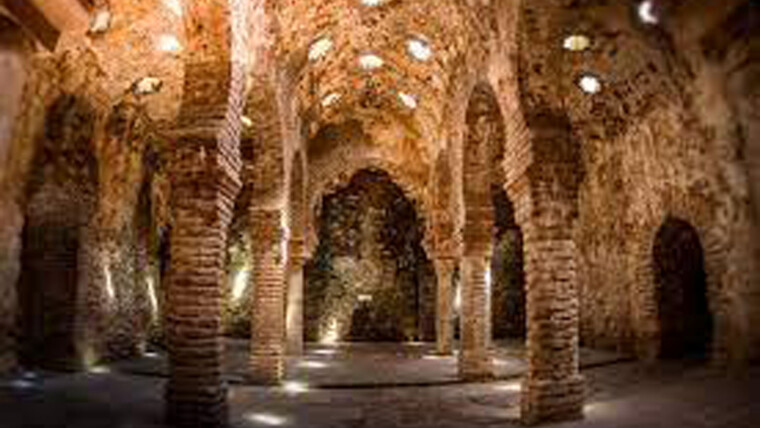Steeped in dark myths and bullfighting folklore, whilst boasting one of the most extraordinary locations in Spain, it is small wonder that Ronda has become Andalusia’s third most visited town. With its world-famous New Bridge and bullring, as well as the hidden corners of the gorge on top of which it perches, Ronda will not disappoint.
Here is our Top 10 things to do and see, with an itinerary to visit Ronda in 1 day thanks to our Taxi Transfers.
1. Plaza de Toros de Ronda
I suggest you start your visit with the Ronda Arena (in Spanish, Plaza de Toros de Ronda), one of the oldest arena in Spain. Ronda is known to be the birthplace of bullfighting.
Built in 1785 by the same architect who built the Puente Nuevo (“New Bridge” in english), it can host 5,000 spectators.
One of the best bullfighters in Spain founded the bullfighting school of Ronda. You can visit the bullfighting arena as well as the museum, located at the same place.
All information for the visit is available in a on Ronda Plaza de Toros official website
2. New Bridge
One of southern Spain’s most famous attractions, Ronda’s epic Puente Nuevo, or New Bridge, spans the 328-feet-deep El Tajo gorge, linking El Mercadillo (The Little Market), the newer part of town, with La Ciudad (The Town), the old Moorish quarter. Completed in 1793, it took some forty years and the lives of 50 construction workers to build. For just 2.50 euros you can visit the museum in a little stone-walled cavern in the middle of the bridge, which was used as a prison throughout the 19th century and during Spain’s Civil War of 1936-39. It is also said, that during the Civil War both Republican and Nationalist prisoners whose luck had run out were thrown from the bridge to their deaths. For a searing fictionalisation of a massacre which it is said was loosley-based on events in Ronda, see Hemingway’s For Whom the Bell Tolls.
3.Bullring
Opened in 1785, Ronda’s stately bullring is now used just once a year for the exclusive annual bullfight of the town’s September Feria. It was on the pale sands of this historic arena that a new kind of bullfighting was forged by Francisco Romero in the 18th century. Romero introduced the now-iconic red cape, known as the muleta, and faced the bull on foot, whereas before matadors had performed on horseback. Outside the arena are statues of Antonio Ordonez, another important Ronda bullfighter (see below) and of a life-size fighting bull, which better enables you to understand how hard it must be to keep still when one of these half-ton animals is running at you. There are several daily tours of the bullring and you can learn more about the controversial spectacle that takes place within it, at the excellent museum.
4. Ronda Viewpoint
From the Plaza de Toros, take the Paseo Blas Infante to the edge of the cliff. Start from the right side (ending in a dead-end street) and follow it to the end, you will walk along the edge of the cliff and will be able to admire beautiful views of the valley below.
Then turn back to Ronda Viewpoint. The opportunity to scare yourself on the footbridge over the cliff, as well as realize the exceptional situation of this perched village.
Don’t wait anymore and Book your taxi in Marbella with Marbella Taxi Transfers to Ronda now!
Sources:
- https://theculturetrip.com
- https://www.voyagetips.com
- https://theculturetrip.com


